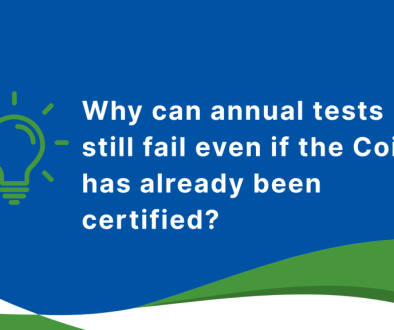The Absorption Refrigeration Cycle (LiBr-H2O) – Part 2
Figure 1 shows a schematic of a simplified LiBr and H20 absorption refrigeration cycle, described in the following form:
- Once inside the steam generator, which maintains high pressure and temperature, the aqueous LiBr solution exchanges heat with a heat source, which causes the solute to be separated from the solvent, so that the water evaporates and goes to the condenser, while the concentrated LiBr solution passes through a pressure-reducing valve, then goes to the absorber.
- In the condenser, the water vapor, coming from the generator, goes to liquefy heating the fluid inside the tube, which enters at a lower temperature. There is therefore latent heat.
- The fluid with quality x=0 arrives at the evaporator through an expansion valve, which reduces its pressure and temperature to a smaller temperature than the fluid inside the evaporator tube. It exchanges heat in the evaporator, turning back into steam and then reaching the absorber.
- In the absorber, the low-pressure water vapor is absorbed by LiBr. If this absorption process were performed adiabatically, the solution temperature would rise and vapor absorption could finish. This absorption process is an exothermic process, as there is conversion from vapor to liquid. Since this process is similar to condensation, heat must be rejected during the process (Stoecker et al., 1985), making necessary to cool the absorber. The aqueous LiBr solution is pumped to a higher pressure to the steam generator.
- In the heat exchanger (Economizer), the concentrated LiBr solution exchanges heat with the aqueous LiBr solution in order to improve the COP of the absorption cycle.
Figure 1: Simplified schematic of LiBr-H2O adsorption cycle
Considerations
-
- The generator and condenser have equal pressure.
- The evaporator and absorber have equal pressure.
- Refrigerant vapor exits the evaporator as saturated water x=0.
- The concentrated solution exiting the generator is boiling.
- The refrigerant vapor exiting the generator is in thermal equilibrium with the dilute solution in the generator.
- The dilute solution exiting the absorber is saturated.
- No liquid is exiting the evaporator.
- There is no heat loss in the tubes.
- The pump is isoentropic.
- The solution entering the generator is at the same pressure as the generator.
- The DTML adequately expresses changes in temperature.








